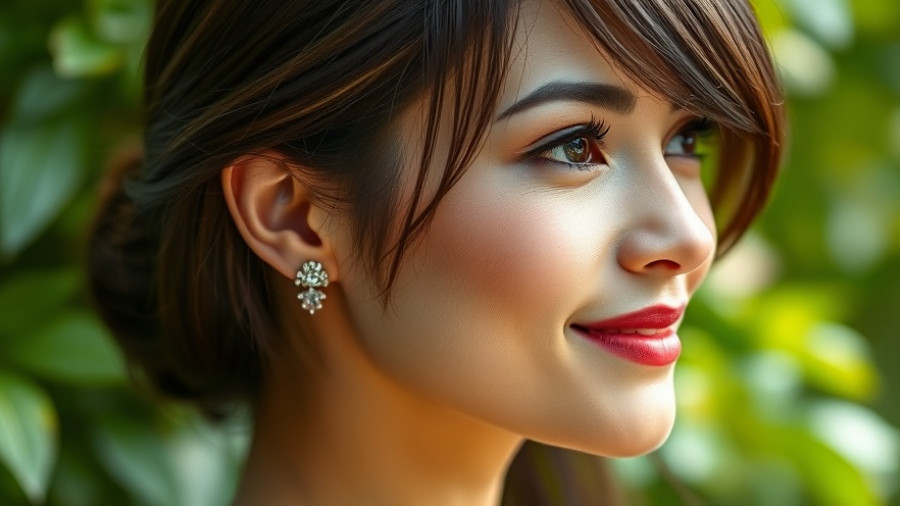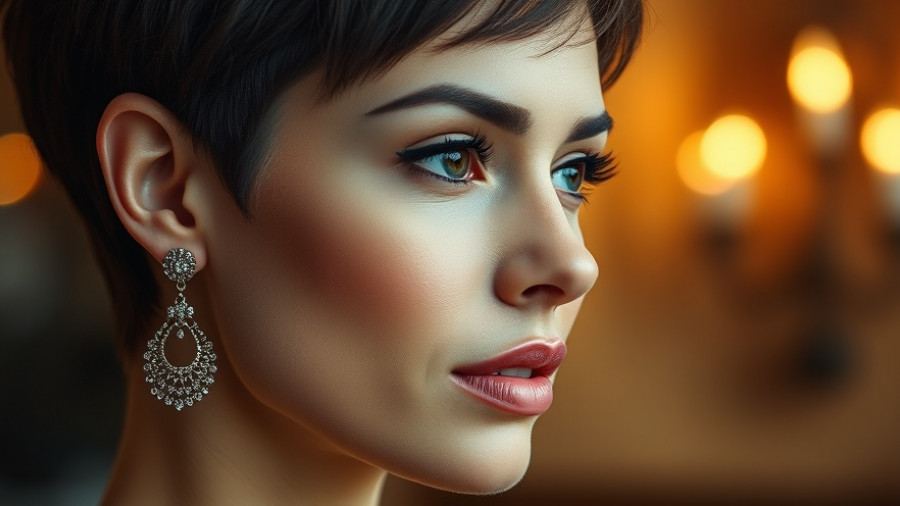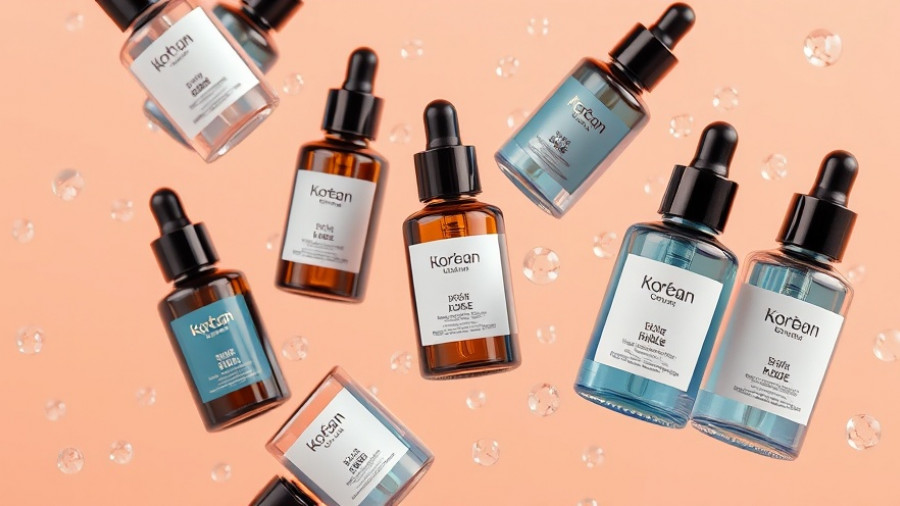
Why Hair Matters Even in an Apocalypse
In a world rife with decay and danger, the choice to depict Dina, portrayed by Isabela Merced in The Last of Us, with impeccable hair is more than a stylistic oversight; it poses profound questions about representation and realism in storytelling. While audiences have grown accustomed to the grit of post-apocalyptic narratives, the polished appearance of characters can detract from the intended atmosphere and authenticity of the story. It begs the question: should the aesthetics of beauty standards override the survivalist theme central to such tales?
The Discrepancy of Beauty Standards
Dina's perfect curtain bangs and shiny waves starkly contrast with her environment, which is supposed to challenge the very essence of human existence. Audiences are conditioned to embrace the raw and the vulnerable in representation, and when studios opt for glamor over grit, it can alienate viewers who prefer authenticity. This creates a disconnect that not only impacts character relatability but also influences cultural standards of beauty. In light of what many endure in their lives as they grapple with harsher realities, how does a flawless hairstyle resonate?
The Unexpected Reflection on Personal Health
As our society delves deeper into the understanding of health and wellness, the portrayal of beauty, even in unconventional settings, shines a light on our values. In today's world, where health innovation is vital, such portrayals may inadvertently skew perceptions of what beauty can and should look like. Advocating for health and wellness includes embracing imperfections as part of personal beauty. Authentic storytelling that could reflect real-life struggles with self-image and hair health would make characters more relatable, forming a stronger connection with audiences who see a bit of themselves in these narratives.
The Call for Realism in Media
Media representations contribute significantly to how individuals perceive their own health and beauty, particularly among affluent audiences who may prioritize appearance due to cultural pressures. As viewers navigate personal beauty journeys, encountering relatable characters grappling with similar issues can foster a more inclusive notion of health that embraces diversity. From those seeking anti-aging solutions to individuals exploring wellness treatments, having characters in media allies who represent their realities can be empowering. Supporting narratives that reflect genuine struggles allows audiences to connect on a human level, highlighting that beauty and health should be accessible to all.
Conclusion: Embracing Authentic Representation
As viewers continue engaging with media, it is essential that showrunners diversify their portrayals, ensuring characters reflect the complexity of real life. By embracing imperfections, not only do we advocate for a more realistic narrative but also empower individuals in their personal wellness journeys. Understanding that beauty comes from various sources, including health and self-acceptance, provides a more inclusive sense of identity. In this world, as in The Last of Us, surviving is far more crucial than maintaining a perfect hairstyle.
 Add Row
Add Row  Add
Add 




Write A Comment